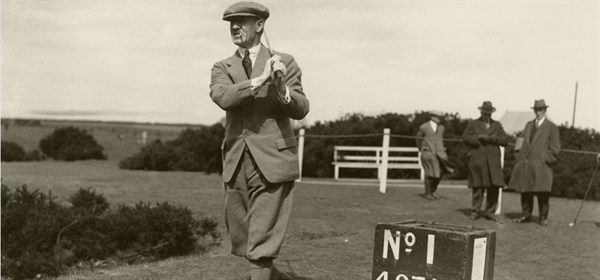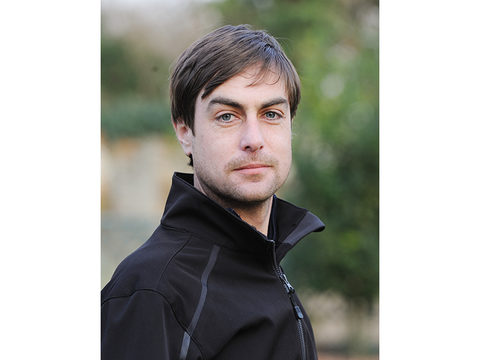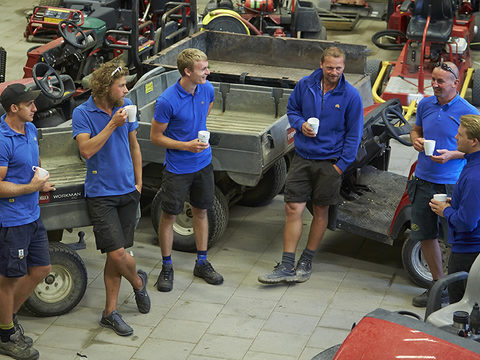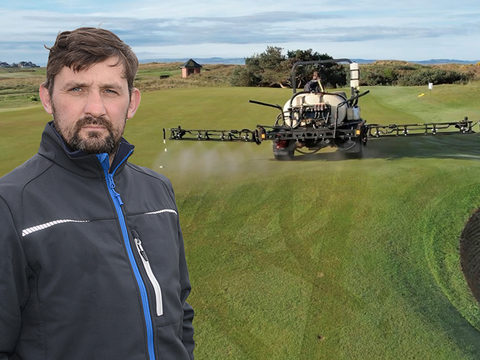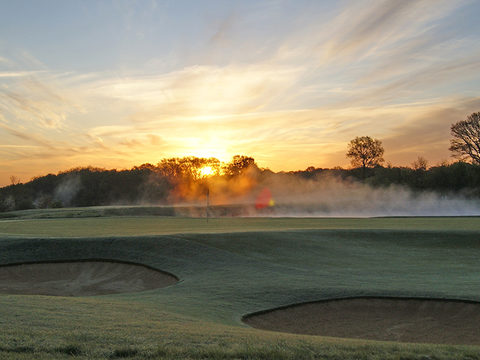GreenCast in UK and Ireland - RESCUE FOR MOORTOWN GOLF CLUB ROUGH
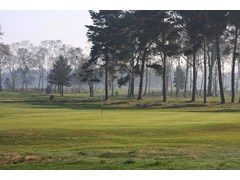
Moortown Golf Club has changed the way they have managed and maintained their rough over the years. Everything has been tried - from wall to wall cutting, through to areas being left all season. Unfortunately, that has led to a perennial ryegrass invasion for the Yorkshire-club's Course Manager, Steven Robinson.
Close to Leeds, the Club is regarded as a great, historic golf course. Founded in 1909 it is well known as being the host of the first ever Ryder Cup match on British soil - in 1929 (see box below). Since then, the Club has held many professional and amateur tournaments, with a number of legendary golfers gracing the course, including Sir Nick Faldo, Bernard Gallagher and Sir Michael Bonallack.
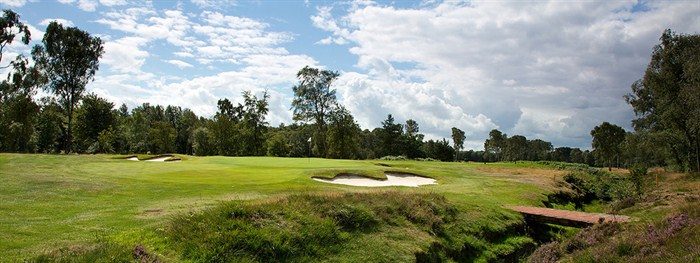
Although steeped in history, Moortown now has a superb range of modern facilities, accompanied by a high-quality playing course. Steven believes that it is important to use only the finest products to ensure the club maintains its illustrious reputation.
"Keeping high standards is very important here; this course is highly regarded nationwide and is in all the top rankings," he reported. "We also have a lot of international visitors because of the Ryder Cup history, so it's important that the course is at its best at all times."
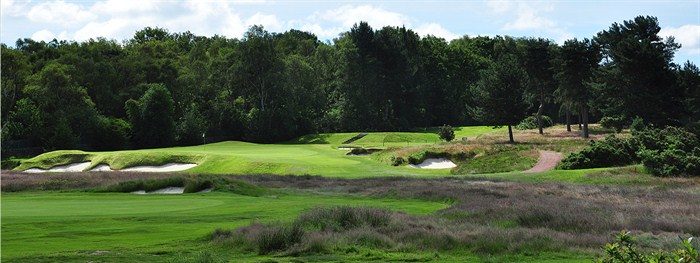
Steven first became aware of Moortown's on-going perennial ryegrass problem six years ago when he was interviewed for the job. To keep the unwanted grasses under control, the grass was being cut short, but this was not really in line with a top Heath/Moorland course.
In order to allow it to grow and create desirable ecological rough through the season, Steven believed it needed something more than just mechanical treatment to achieve the desired results and he had just the product in mind.
"There are a lot of areas on the course which are lush and moisture retentive and as a result we see a lot of undesirables such as ryegrass, Yorkshire fog and other coarse grass. To tackle this we cut it down at the end of the season with the flail collector which removes the arising before applying the (selective herbicide) Rescue just as it is starting to recover, because this is when the grass is more susceptible. We primarily targeted the popular areas where golfers end up the most and would often lose balls."
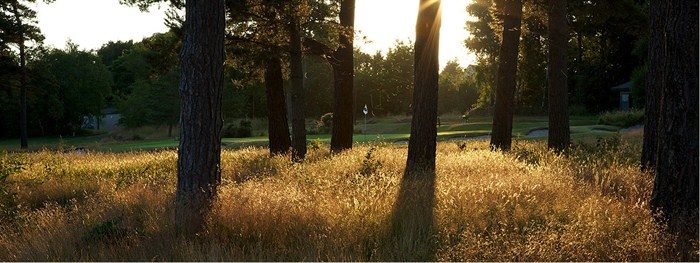
Rescue is a powerful, selective herbicide, designed to eradicate perennial ryegrass and other invasive coarse-leaved grasses from close-mown and longer areas of turf. It can be applied with any conventional sprayer, as well as knapsacks. Rescue is swiftly replacing previously expensive, time consuming and ineffective conventional techniques for reducing ryegrass.
Working with Simon Hardcastle of Everris, Steven applied his Rescue at the recommended rate of one litre per hectare during the spring and autumn windows over a period of two and a half years. He has not looked back since.
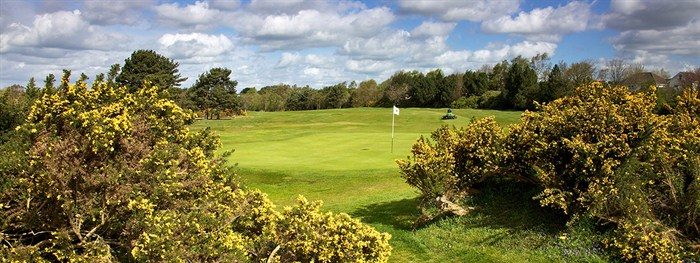
"There are a lot of fescue grasses coming through now (which were naturally there) and this is solely from using the flail collector and spraying the Rescue. Where we haven't applied the product, in the surrounding areas, you can really see the difference.
"If we didn't have Rescue as an option then the process would have taken much longer and we probably wouldn't have been able to achieve this with just cutting and collecting. Based on my experience, in terms of eradicating rye and Yorkshire fog, I'd most certainly recommend it," he said.
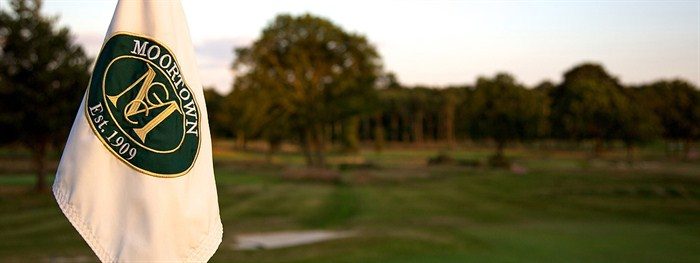
"I've used Everris products, from time to time, all of my greenkeeping life. You know you are going to get a quality blend, they always do exactly what they say they are going to do and there is never any issue as to whether they will work."
Steven was also full of praise for Everris technical area manager Simon Hardcastle, who is always available to provide him with advice. "I've worked with Simon ever since I've been in Yorkshire and it's nice to walk the course with him and discuss any issues we may be having."
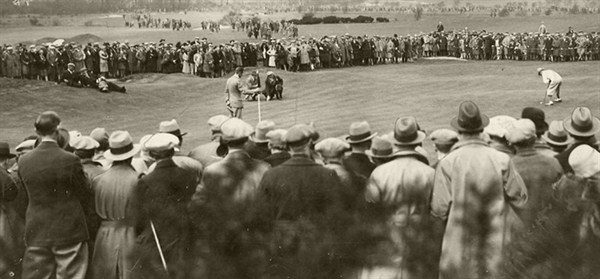
Moortown Golf Club is renowned as the home of the first Ryder Cup played in Europe, in 1929. It attracted the leading players, who enjoyed fast conditions. Writing in Golf Illustrated at the time, E M Cockell reported: 'The course was in perfect condition and the greens beautiful.'
With just two day's competition, at the end of the Friday first day the US were winning 2½ to 1½, but in the Saturday fourballs Europe turned it around, to finish the day with victory by seven points to five.
